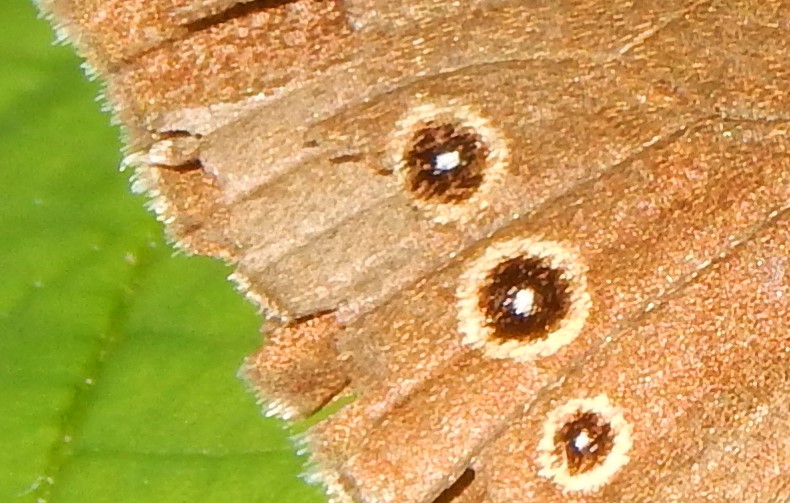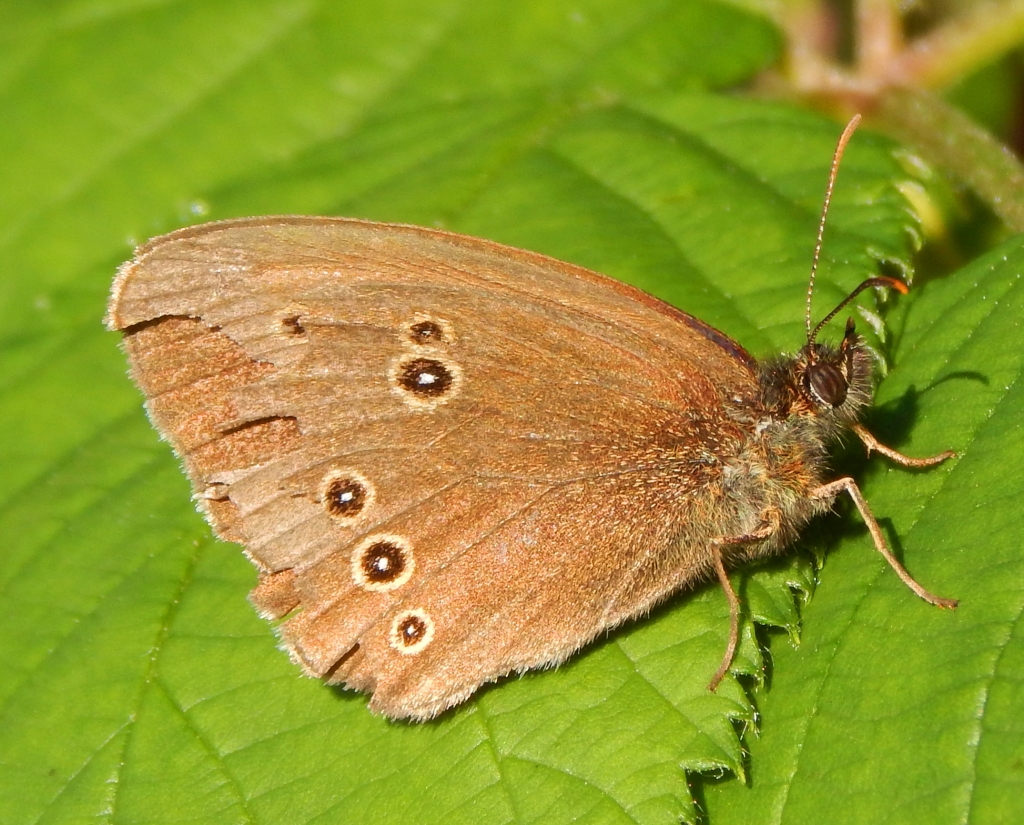
[028] Aphantopus hyperantus, Ringlet
Introduction
Aphantopus hyperantus, the Ringlet, common and widespread in Britain, is one of well over a hundred species of ‘ringlet’ butterflies.
It’s mostly a plain brown butterfly with similarities to some of our other butterflies.
Taxonomy
Kingdom – Animals
Phylum – Arthropods
Class – Insects
Order – Lepidoptera (Butterflies and Moths)
Family – Nymphalidae (Four-footed Butterflies)
Subfamily – Satyrinae (Browns)
Tribe – Satyrini (Graylings and Ringlets)
Subtribe – Maniolina
Genus – Aphantopus
Scientific Name – Aphantopus hyperantus
Name
I can’t find any significance in the Scientific Name but the ‘ringlet’ is obvious.
Three Related Species
For today’s lesson we start with the family Nymphalidae containing 6 000 species of butterflies, which include [009] Peacock and [010] Tortoiseshell. Two levels down the classification system we come to the large subfamily Satyrinae with about 2500 species. Until recently this was a separate family (So, of course, it was called Satyridae then!)
Satyrinae is divided into six tribes, one of which, Satyrini, has about 150 species, generally called graylings or ringlets.
Further down we come to the subtribe Maniolina with just five genera. These are very closely related and we have just one representative of each of three genera in Britain.
Aphantopus hyperantus, the Ringlet, is one of the three. Later we will meet [222] Meadow Brown and [288] Gatekeeper, both very similar. All three have variations in appearance within the species that do not help us with identification.
Description
The male is darker than the female, almost black on emergence as an adult and then fading. The top of the wings has spots round the outside as in the following picture, which I think is a female.

The underside of the wings has the distinctive rings that give this butterfly its name.


The white fringe to the wings is also an identification feature.
The number of spots above and rings below is variable. Sometimes the top has no spots!
Habitat
It is widespread over Europe and all of the UK. They prefer woodland to open spaces and can live on brambles, thistles, hogweed or other species.
Other Notes
This species nearly missed selection. I see quite a lot of them but their unexciting plain look does not tempt me to take many pictures.
See also
We have met two much more colourful members of Nymphalidae already. As noted above, look out for the Meadow Brown and Gatekeeper butterflies.
